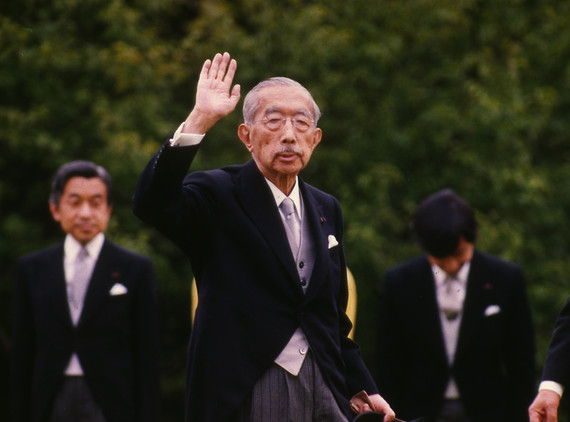Well all the major events have happened, I don't know what will happen for the rest of the AAR
Still surprised that Germany managed to take down both the Commune and the Soviet Union
I'm hoping that a more conservative government might start up some event chains, but if not that's okay. UoB is still technically at war with the Entente and possibly the Central Powers as well; so that might be interesting. But I'm guessing the remaining years will be pretty quiet.




